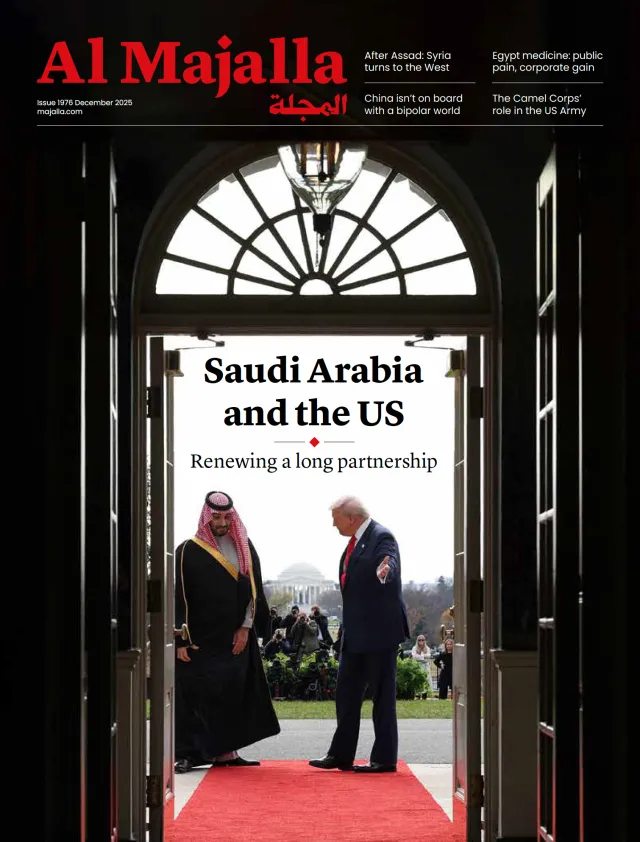As US President Donald Trump’s trade war reverberates across the world from the United States, the International Monetary Fund has begun to quantify the implications for the global economy. On 22 April, it released its projections for growth in 2025-26, which are among the first major forecasts to be published after Trump’s tariffs stoked fears of a global recession.
The IMF’s World Economic Outlook predicts that global growth will drop to 2.8% for 2025, down from 3.3%, the level identified at the last round of predictions made in January. For 2026, it now expects a 3% growth rate, also down from 3.3%.
These are steep cuts. The IMF said they represent a “reference forecast”, instead of its usual baseline forecast, implying that the numbers are likely to change under the influence of subsequent events. The IMF has now assessed the probability of a recession occurring this year at 37%, higher than its assessment in the October 2024 World Economic Outlook.
Its latest projections were based on information available as of 4 April, two days after US President Donald Trump announced a series of what he called “reciprocal” trade tariffs. They were aimed at almost every country and ranged between 10% and over 50%—the highest in over a century.
The highest were intended for China, Canada and Mexico, and more widely, crucial economic sectors were targeted. But after days of turmoil on the financial markets, these revised import levies were placed on hold for 90 days for all nations except China. After Beijing retaliated, Trump followed suit. The two largest economies in the world now have triple-digit tariffs on trade flows between them.

Global economy reset
Whatever lies ahead, the extent of the IMF’s growth downgrade underscores the significant implications for the global economy as a full-scale international trade war looms.
Pierre-Olivier Gourinchas, the IMF’s chief economist, made the significance clear in a blog post: “The global economic system under which most countries have operated for the last 80 years is being reset, ushering the world into a new era. Existing rules are challenged while new ones are yet to emerge.”
He added: “Dense global supply chains can magnify the effects of tariffs and uncertainty. Most traded goods are intermediate inputs that cross borders multiple times before being turned into final products”.
The IMF made some of its biggest revisions for the US economy. It cut its growth forecast for the country by 0.9% to 1.8% for 2025 and by 0.4% to 1.7% for 2026. For its part, China’s growth is forecast to be 4% for this year and next, down by 0.6% and 0.5% respectively.
There is a growing consensus that neither country can afford to prolong the trade war. They both depend on each other. The US is China’s largest export market, and it relies heavily on imports from China. For his part, US Treasury Secretary Scott Bessent, widely regarded as one of the more reasonable voices in the US administration, has reportedly described the tariffs as unsustainable and stated that the current standoff must be defused relatively soon.
Nonetheless, the outlook remains highly unpredictable in line with Trump’s temperament. The outlook for the trade war, and the damage it may do, remains far from clear. Against this backdrop, Al Majalla examines the current state of affairs in and around the global tariff battle, as well as its implications for trade, geopolitics, and oil prices.
















